With the release of Oppenheimer, moviegoers showed their passion for 15/70 screening. With the increased demand for IMAX filmmaking and the expansion of new IMAX film cameras, it’s time for IMAX to consider the reinvention (or improvements) of its projectors. An opinion.
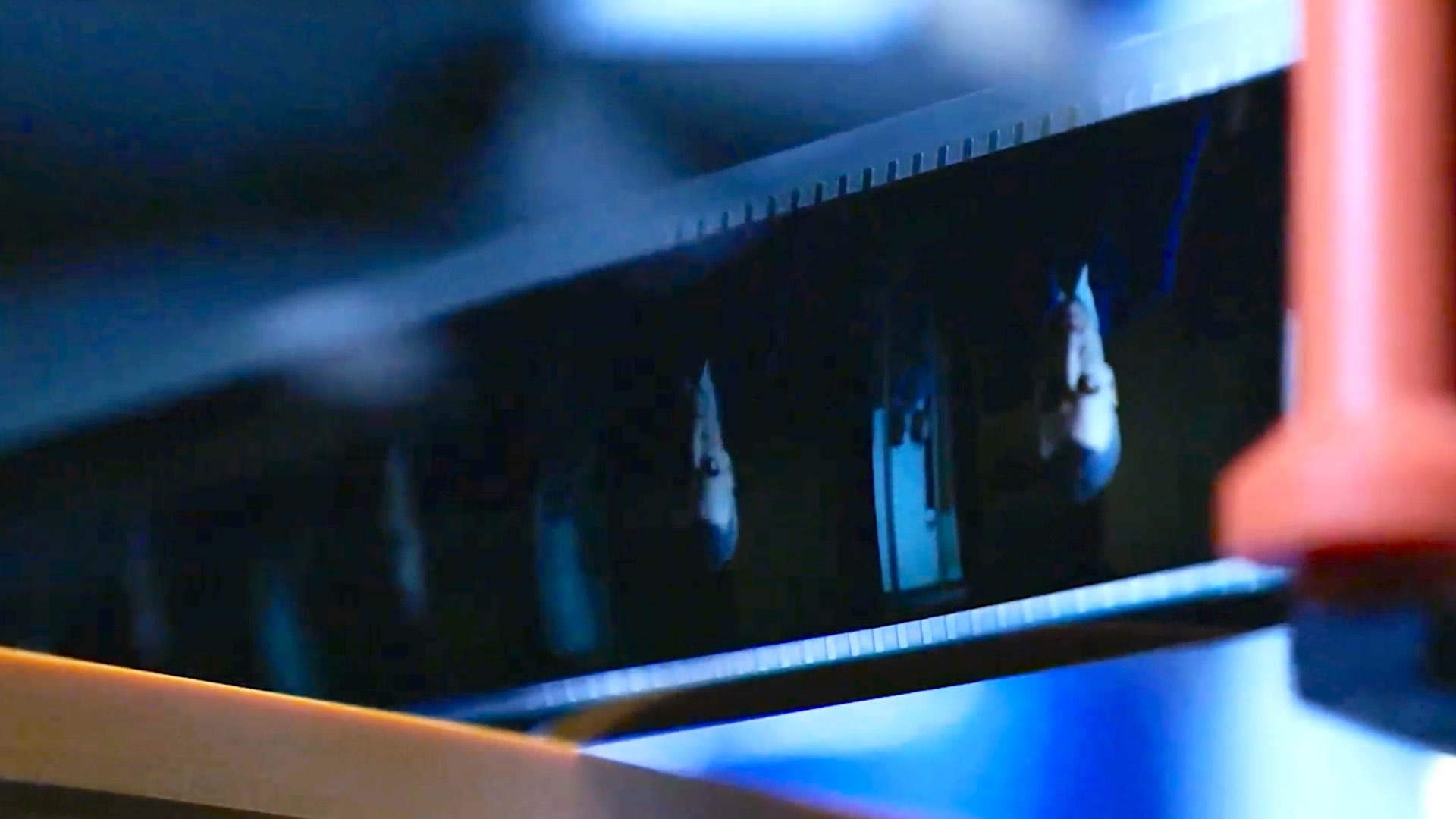
The mighty 1570 format
15/70 refers to the dimensions of the film frame, which is 15 perforations (the small holes that run along the edge of each frame and allow the film to be pulled through the projector) in length by 70mm in height. This huge film frame allows for a few significant differences in presentation, most notably a much larger projected image and far superior image quality. It’s often reported that IMAX 1570 Film has a native resolution of up to 18K, far greater than any other film or digital format. Furthermore, full-frame 1570 has an aspect ratio of 1.43:1, which means the image width is 1.43 meters for every 1 meter of height. This is considerably greater than mainstream cinema presentations, which usually display a 2.39:1 aspect ratio.
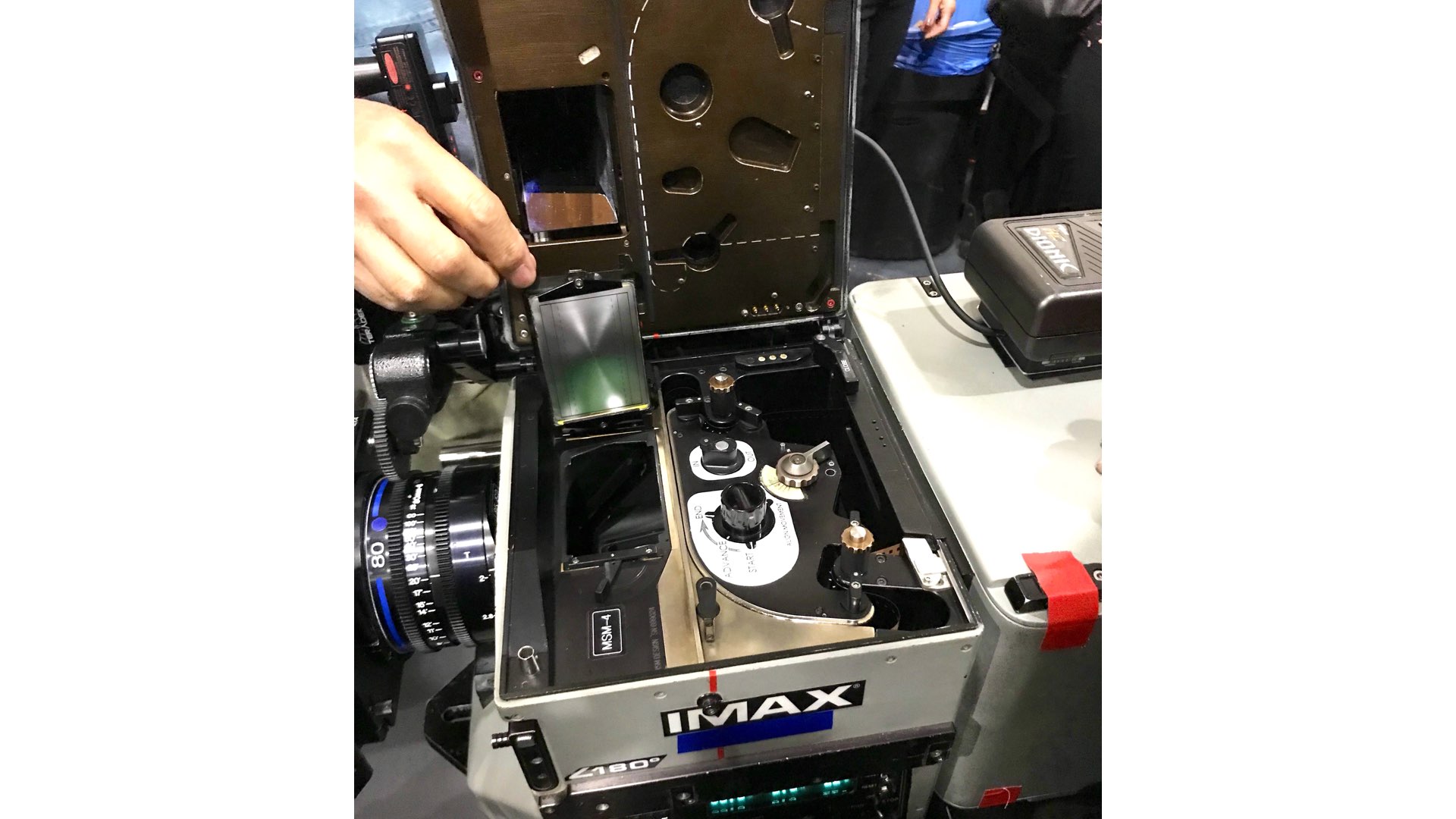
Strong demand for 15/70 screening
There has always been strong demand and passion for seeing movies on a huge canvas (An IMAX theater as we define it). Especially those who were filmed with IMAX film cameras. These movies were meticulously made by top-notch cinematographers who sacrificed the simplification offered by digital cameras (or even IMAX-Certified), in order to shoot on the best film format invented a long time ago. This thesis was amplified with the release and pre-release of the ‘Filmed in IMAX Film Cameras’ Christopher Nolan’s Oppenheimer.
Although only 30 theaters worldwide were able to screen the movie, there are a lot of other screening options as well. However, cinephiles were eager to watch the movie in real 1570 projection in order to get fully immersed as was intended by the director. Indeed, there’re significant differences between a true IMAX screening compared to digital screening. BTW, filmmakers struggle to release their movies in multiple formats so they can match as many theaters as possible. Anyway, there’s nothing like an IMAX screening. Here’s a reminder of the famous countdown:
Digital is a good, but only good
In 2015, IMAX introduced the laser system which was supposed to replace the 1570 screening. Here are some characteristics of the IMAX laser (as stated by IMAX):
- Sharpness: Experience incredible detail in every image with a sharper, clearer, and crisper picture that delivers a heightened level of realism on the biggest screens.
- Brightness: Laser brings an increased level of brightness to fill IMAX screens with the most vivid and lifelike images in 2D and 3D.
- Contrast: Dramatically greater contrast levels in each frame provides a level of depth that takes you out of your world and draws you into the movie.
- Color: The widest range of colors available to filmmakers so they can present more vibrant, deeper, and richer colors in IMAX than ever before.
- Sound: Whether it’s a pin drop or feeling the heart-palpating force of a volcano, with IMAX’s next-generation 12-channel sound system audiences will experience a new kind of powerful, immersive sound they can feel.
Nevertheless, the properties of this technology don’t match the high-detailed, quality, resolution, and artistic look & feel of the 15 perforations. The rule of thumb is: Screen it as you filmed it. Hence, movies that were made with IMAX film cameras, should be screened from 1570 projectors. Check out the video below to explore what it takes to screen Oppenheimer through a 1570 projection system:
The pain: 1570 projectors are old
The very few 1570 projection systems that remain are old and outmoded. For instance, Oppenheimer 70mm film reels are 600 pounds — and reach IMAX’s “outer limit” due to the movie’s 3-hour runtime. Hence, According to Variety, IMAX has developed a dedicated solution/extension to accommodate the larger size of the film platters. That’s because IMAX’s existing platters could only hold enough film for a 150-minute runtime. Thus, IMAX had to “Push the boundaries of film”, according to Nolan’s special request. Watch the demonstration of these platter extensions by IMAX:
Nevertheless, these obsolete great machines can cause a solid amount of malfunctions. For instance, Calgary’s Cineplex Scotiabank Theatre Chinook is one of 30 theatres in the world offering Oppenheimer in 70mm IMAX. However, in the middle of the screening, there was an issue related to sound sync. “You weren’t necessarily sure that it was maybe an effect of the movie, but it kept going on and on for about 10 minutes until people really finally realized, ‘no, there’s something truly wrong here.’ It was bizarre” said moviegoers. As confirmed by the managers of the property: “Due to technical difficulties with the 70mm print of Oppenheimer, the 10 p.m. showing of Oppenheimer will be on digital instead of film”. One of the cinephiles has responded: “I’m devastated, obviously, and I’m not alone. One of only about 30 cinemas in the world that can show it in the intended format”. Have a look at the tweet below:
As close as we get to seeing #Oppenheimer in #IMAX at @CineplexMovies in #calgary at #scotiabanktheatre. And we may wait 3 hours in refund line #yousuck pic.twitter.com/m183kZ2s7Q
— Sarah Wong (@SarahJaneWong) July 21, 2023
Also, it appears that there was a problem even at the famous venue IMAX AMC. Indeed, IMAX has confirmed that Thursday showing at Lincoln Square was shown in Laser projection “Due to a fire system exhaust issue”. Thus, those old-timer projectors create hiccups, which can ruin the whole viewing experience.
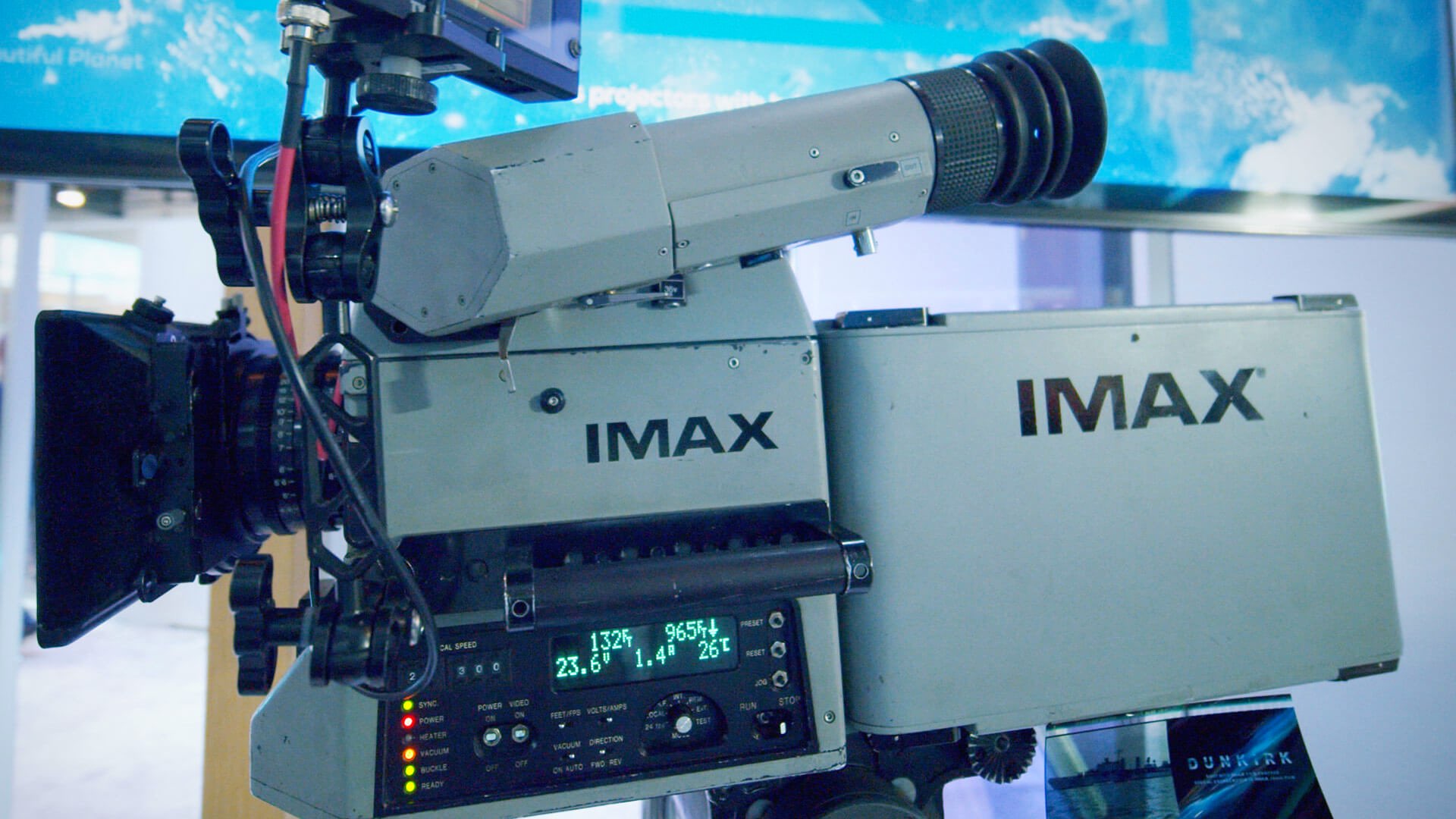
The solution: Reinvent 15/70 Projection
IMAX should invest more resources in order to reinvent and/or improve their 70mm projectors. This will allow more theaters to screen the true IMAX 1570 format. Additionally, IMAX will soon present their new 2nd generation IMAX film cameras, and thus multiply the number of available cameras for directors who want to shoot the format. BTW, these cameras are being utilized as we speak. Furthermore, according to financial reports, the IMAX business is booming. Hence, this is the optimal time to make this business step and to bring back the 1570 goodness. Screen it as you filmed it.

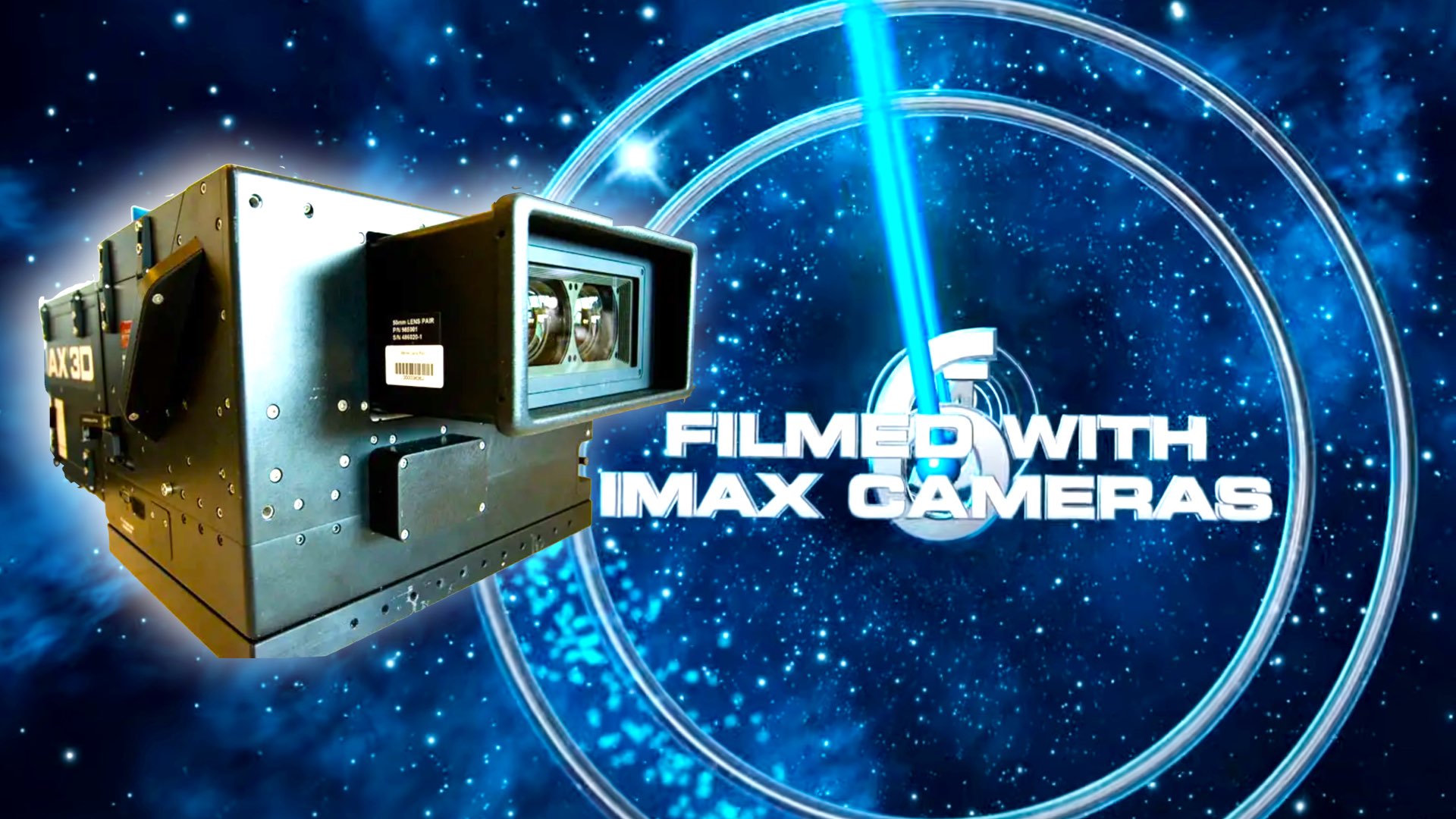


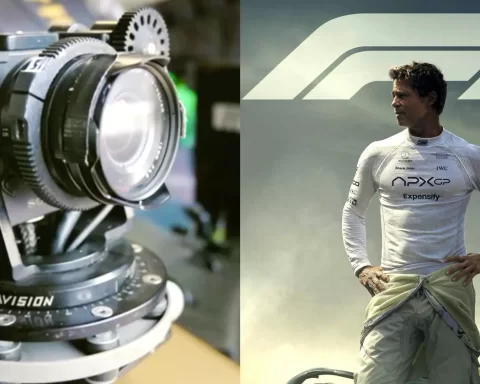
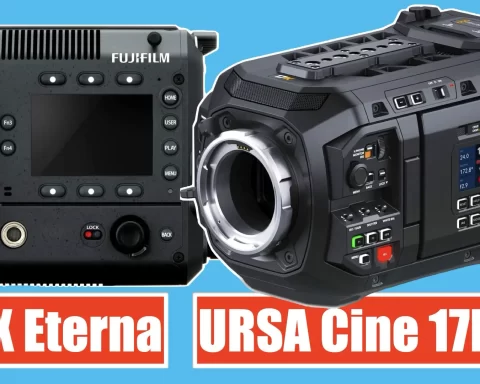

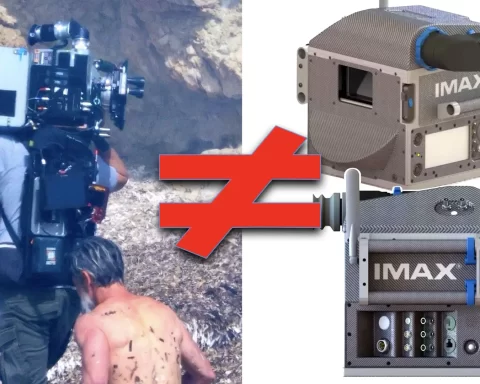


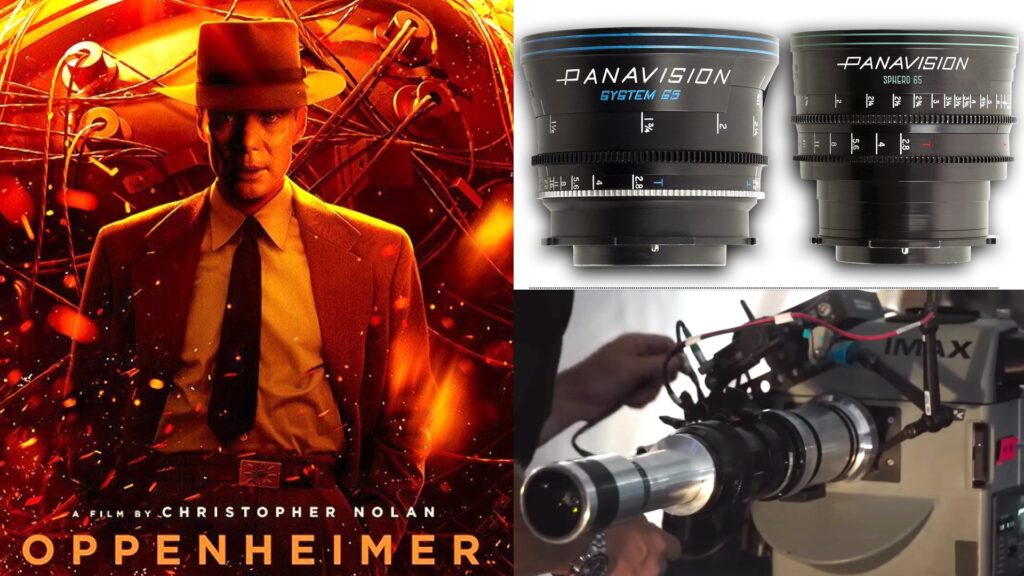





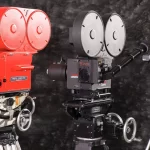

Thank you for producing your excellent on-line journal. As a matter of introduction, I am a retired radiologist who has written articles for Thomas Hauerslev’s publication in70mm.com. I have had a life-long love for large format films, beginning in the 1950’s with Todd AO. I have followed the IMAX story since its inception in 1970.
I just returned from Providence, Rhode Island, to view the 15/70 presentation of “Oppenheimer.” Having been a radiologist, I have some background in nuclear physics and also read the Oppenheimer biography, which was the basis for the script. Thus, along with my keen interest in photography, this movie should have been an ideal subject for me.
While the large IMAX screen did its best to create an “immersive” film experience, I was struck at how poorly the system dealt with dimly lit scenes. In those situations, inky black could not be achieved, with one actually perceiving the screen material itself. It reminded me of the early LCD flat screens that preceded self-emissive technologies, such as plasma, and now OLED. At best, wht should have been black was a dark grey. Fortunately, the projector gave a rock steady image, in good focus, and the print was in excellent condition. However, the sound was set at a deafening level, and dialog clarity was obscured in places by overly strong mixing of music and/or sound effects.
I also felt that so much of the film’s visual strengths were in closeups, mostly of Oppenheimer. Honestly, one does not need potential 18K resolution to produce a convincing view of someone’s face. There were relatively few landscapes, whose detail would be enhanced by the large format film. But those landscapes are often more compelling with a wider aspect ratio, such as Super Panavision.
While a new IMAX camera may make it easier to use, and also be quiet enough to allow live sound recording, I believe using this technology for most dramas is really not that critical. As much as I held on to using film cameras for my own work, the huge cost of the IMAX film stock alone would make its use impractical except for the most lavishly funded productions, for which Christopher Nolan has an unlimited expense account. Cost was even a consideration that forced David Lean to film “Dr. Zhivago” in 35mm, only to have the negative blown up to 70mm for its “road show” presentations. The MGM lab did an amazing job making those enlargements.
I look forward to viewing Oppenheimer a second time on my home theater setup, which has an 83 inch Sony OLED, current model, an Oppo 203 disc player, and a nice Klipsch speaker array. I’ll bet the image quality will be better than what I saw in Providence, and I am sure I can tailor the sound to provide improved dialog intelligibility.
Keep up the great work!